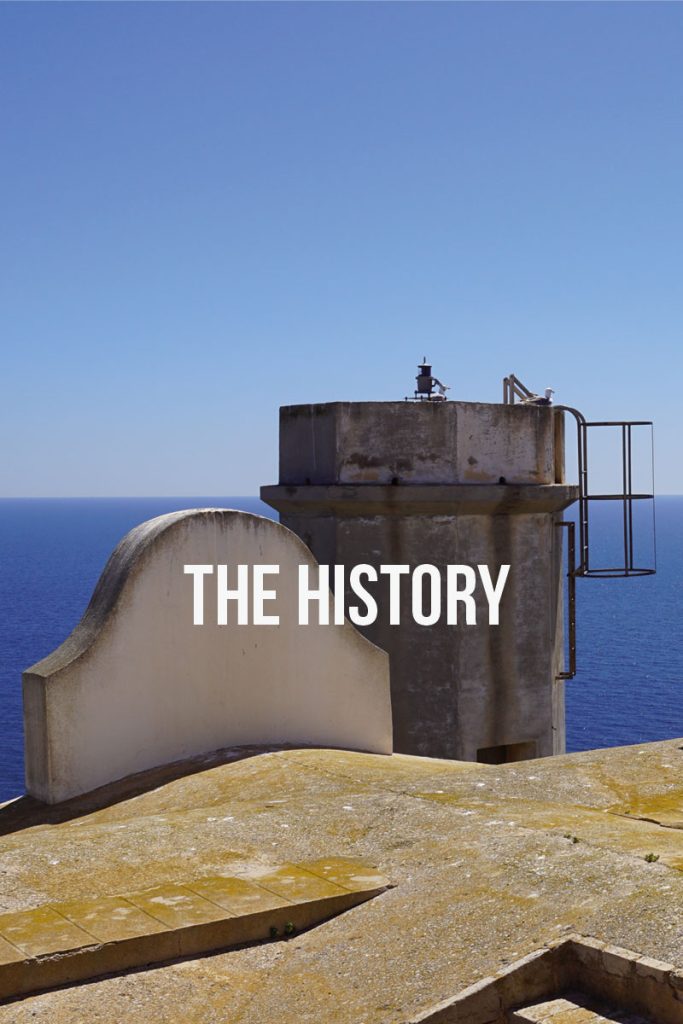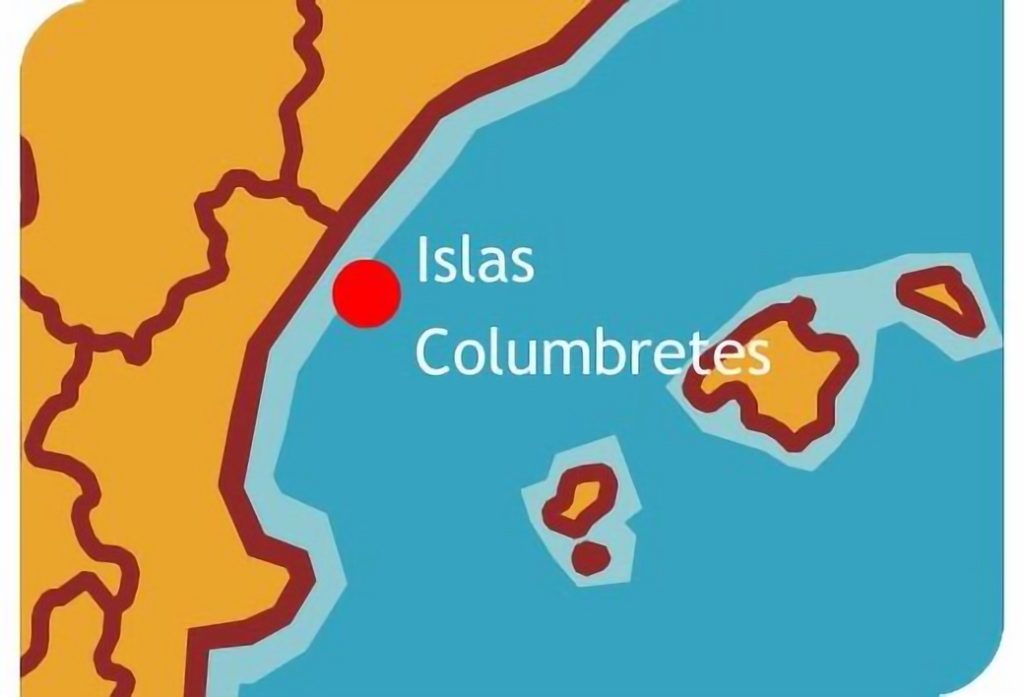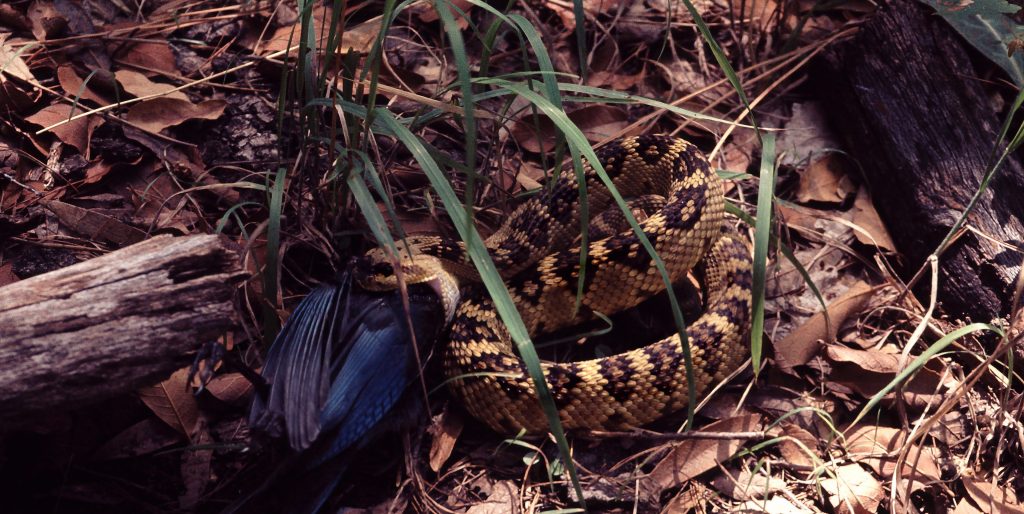
History
The Islas Columbretes, a volcanic archipelago off the coast of Castellón, formed millions of years ago due to changes in the Earth’s crust. In ancient times, the Greeks and Romans knew the islands for their abundance of snakes, earning them the names Ophiusa and Colubraria. In 1856, a lighthouse was built on Illa Grossa to improve navigation. Since 1988, the islands have been protected as a nature reserve. The history of the islands is rich with tales of pirates, shipwrecks, and fishing adventures.

History
As its name indicates, the Isla Grossa is the largest of them all, and the highest of them all, at 67 metres above sea level. This island also clearly shows the volcanic origin of the archipelago, as it has the shape of an almost perfect semi-submerged volcanic caldera, very similar to the famous Greek island of Santorini. The appearance of these islands is parched and cliffy. But appearances are deceptive, and these volcanic islets hold many surprises.
The first of these is their very origin. It is a very unusual example of Quaternary volcanism, whose activity began between three and a million years ago and ended about 30,000 years ago. The islands arise from a volcanic field measuring 90 x 40 kilometres in size, with average depths of 80 to 90 metres. There, as a result of the pressure exerted by the African tectonic plate on the Eurasian plate, a north-south fault arose along which the magma rose, raising the volcanic edifices that make up the Columbretes.

History
Snakes and smugglers
These islands are old acquaintances of the Greek and Roman navigators of classical times. This is not surprising, as the Mediterranean held no secrets for them. The islands are named in Strabo’s Geographica (1st century BC), and he gives them the name of Ophiusa Island, because they were infested with poisonous snakes. Two hundred years later, it was Pliny and Mela who spoke of these islands, giving them the name of “Colubrarias Islands”, because the infestation of snakes continued, and from this name derives the current name of “Columbretes”.
When I tell you about the terrestrial fauna of the islands, I will tell you more about these snakes, but for now it is enough to know that they were the decisive factor why the islands remained uninhabited for many centuries, becoming a refuge for pirates, smugglers and outlaws
